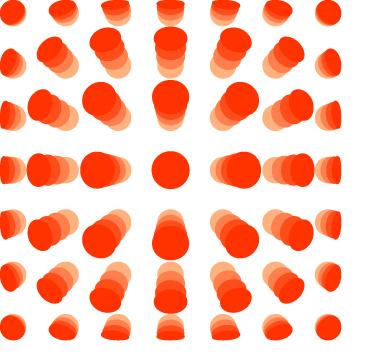Project Area
B
Excitation propagation
Project B1
Real-space videography of unconventional surface polaritons
R. Huber
F. Evers
Using low-temperature ultrafast scanning near-field optical microscopy (U-SNOM), we will directly image propagating surface polaritons in materials with widely varying correlation strengths. Directionally anisotropic surface plasmons, optically switchable surface polaritons close to charge-density wave transitions, and new types of coherent surface modes on super-conductors will provide key insights into the role of correlations in collective dynamics and phase transitions, with application potential for ultrafast information processing.
Project B2
Spatio-temporal dynamics of surface plasmons
J. Wilhelm
R. Huber
In ultrafast near-field nanoscopy, an atomically sharp metallic tip is utilized to exploit the plasmonic field enhancement between tip and surface. The field enhancement can be limited by electron tunnelling between surface and tip. We will investigate the dynamics of surface plasmons in a tip on a substrate using time-dependent density functional theory (TDDFT). We will study charge transport and tunnelling as a response to ultrashort laser pulses. The results can provide key insights into the impact of quantum effects on the field enhancement at metallic tips.
Project B3
Ultrafast photon correlations in single molecular aggregates
J. Lupton
D. Grohmann
Ultrafast super-resolution microscopy (U-SRM) is inherently constrained by the excited-state lifetime of fluorophores. In aggregates of multiple fluorophores, excitation-energy transfer (EET) can arise, offering a way to control lifetimes. Crucial information on the coupling between fluorophores derives from time-resolved correlations in the stream of fluorescence photons emitted, the second-order autocorrelation 𝑔(2)(Δ𝑡), which can potentially raise the spatiotemporal resolution of U-SRM. We will image excitation dynamics in model molecular complexes – custom-designed macromolecules, aggregates of conjugated polymers, and DNA origami structures. Such dynamics will also be probed by femtosecond transient absorption microscopy (TAM).

